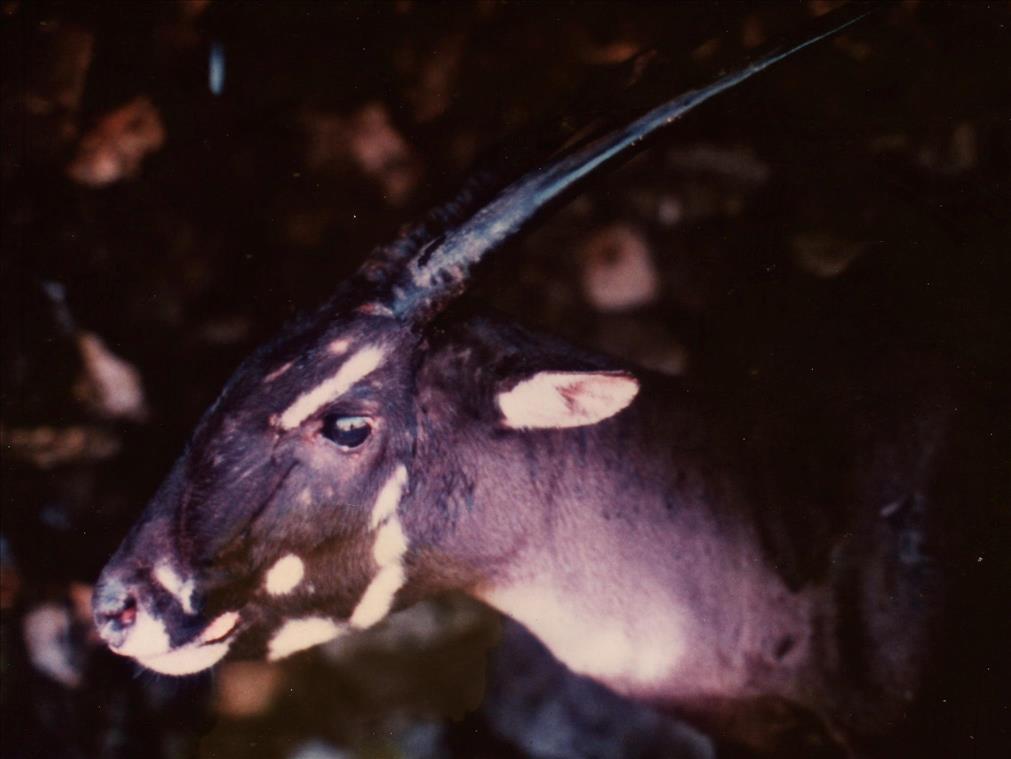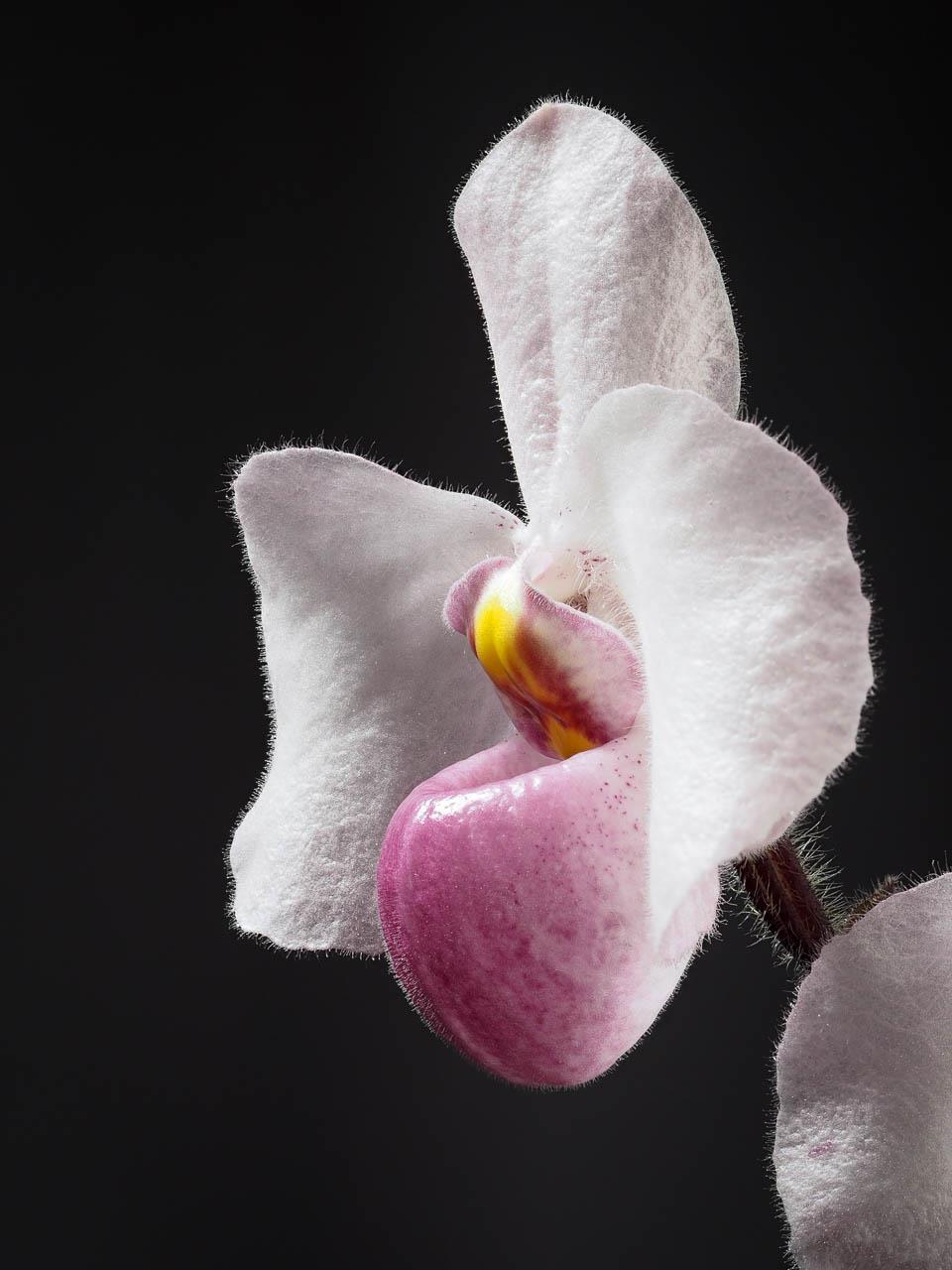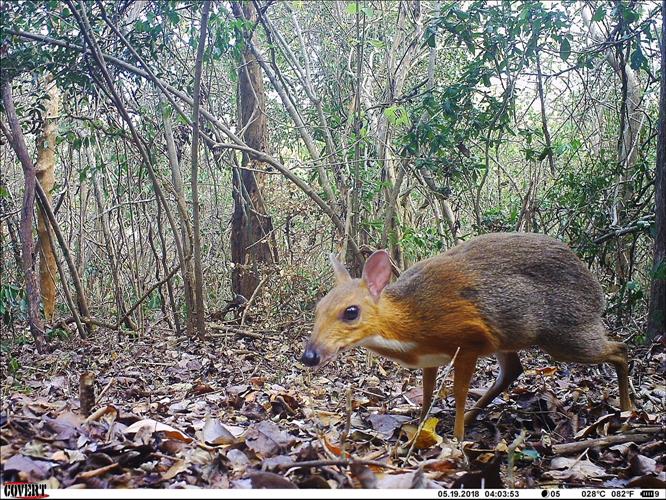
Rediscovery of 'extinct' mouse deer highlights Vietnam's wealth of bizarre but threatened wildlife
(MENAFN- The Conversation) As humans encroach ever more on the planet, nature is running out of hiding places. Species thought lost for decades aremaking a regular habit of returning from the dead , while science's newfound access to nature's nooks and crannies is fuelling a boom in thediscovery of entirely new ones .
Vietnam has seenfar more than its fair shareof resurrections and discoveries. It is a treasure trove of weird and wonderful wildlife found nowhere else on Earth. But hunting, habitat destruction and the black market are placing the future of many of these precious rare plants and animals under severe threat.
The country's densely forested hills andunique mountain refugeshave for decades provided great cover for secretive species to flourish. The Annamite mountains that separate Vietnam from Laos house aparticularly unique evergreen forest refugethat survived the last ice age, allowing many rare plants and animals to evolve in isolation.
One of these rarities has nowshown its faceafter being thought lost to science. The silver-backed chevrotain, a tiny deer-like species the size of a large rabbit with small fangs, a grizzled coat, ochre front quarters and a white stripe running down its underbelly, was first discovered more than 100 years ago but then escaped the attention of scientists for 80 years.
In 1990, scientists obtained a dead specimen from a local hunter near the coastal city of Nha Trang. But with no validated sightings in the 28 years since, many feared that an epidemic of snare hunting in the region had pushed the species, also known as the Vietnam mouse deer, to the brink of extinction – a fate that has befallennumerous others in the country .
After using local knowledge of suspected sightings to set up camera traps in three Vietnamese provinces, more than 200 independent detections reveal that this chevrotain remains in the wild, although how close to extinction the species is remains unknown. This is a common problem – three other diminutive deer species have alsobeen discoveredin Vietnam in thepast 30 years alone , but sightings are so rare that very little is known about any of them.
It's not just deer that have been hiding in Vietnam's dense landscapes. One of the most iconic recent discoveries was the rather bizarresaola , discovered in 1992. Measuring almost one metre tall, that such a large mammalapparently unfazed by humanswent unnoticed to science for so long is amazing in itself. It's thelargest land-dwelling animal discoveredanywhere since 1937.
What makes the discovery of the saola particularly interesting is that we still do not know what it is related to. It is likely a member of the Bovidae – the family containing cloven-hoofed animals such as bison, cattle, sheep, antelopes and gazelles – but beyond that where it fits is anyone's guess. It looks more like an African antelope than any bovine species from South-East Asia, with its two long curved horns, white face markings and multi-coloured tail.

The saola is one of the world's rarest large mammals.
Global Wildlife Conservation/flickr ,CC BY
Double discovery
While Vietnam is renowned for its animal diversity, its plants should not be underestimated. During the period since the last sighting of the silver-backed chevrotain, an astonishing1,136 new speciesof plants have been described from Vietnam, more than 20% of which are orchids.
Worthy of special mention among these are the alluring and brightly coloured slipper orchids. These orchids have a petal that evolution has modified into a pouch-like slipper to aid pollination. When insects fall into the open pouch while searching for nectar, the only way out is to squeeze their way through an opening at the back of the pouch, in the process depositing pollen from elsewhere and picking up more from the plant.
Unfortunately, the black market is to thank for many recent discoveries of slipper orchid species. With 99% of South-East Asian tropical slipper orchidsat risk of extinction , their international trade requires a permit subject to the highest possible level of control – equivalent to the protection rhinos receive.
However,highly desiredby collectors, a booming illegal trade continues. Like many others, theVietnamese slipper orchidwas
identified from plants being traded on the black market before it was ever found in the wild. By this point it was selling for more than US$5,000 a plant, with nearly $1m worth being traded illegally in the first years after its discovery.

The Vietnamese slipper orchid. Not to be confused with…
Naoki Takebayashi/Wikimedia Commons ,CC BY-SA
The Vietnamese slipper orchid followed the path of many orchids before it.Delenat's slipper orchid , which also has a defining pink slipper, though less intense in colour, was itself thought extinct in the wild for 70 years after its initial discovery in 1922.

…Delenat's slipper orchid.
Naoki Takebayashi/flickr ,CC BY-SA
The situation changed in the early 1990s when plants started turning up on the international black market in the US, Europe and Japan. In these first few years, an estimatedsix tonnes of the orchidwere stripped from the wild – an astronomical amount considering the weight of an individual plant. This flood of black market plants led scientists to mount an expedition, which eventually led to it being rediscovered in the wild, near the silver-backed chevrotain's home.
Uncertain future
Regrettably, these scientific identifications have had little impact on the black market trade – both in orchids and other species. In fact, all of the species discussed in this article are either 'critically endangered' according to the IUCN Red List of threatened species, or there is so little data that no determination can be made.
This begs the question: how many species have becomeextinct before they were even discovered ? The clock is ticking down on Vietnam's unique wildlife as itsforests empty . Hunting and habitat destruction have decimated species across the country – in a single national reserve set aside for the saola and other rare animals, 23,000 snare traps were found in 2015 alone. Despite intensive surveys, no verifiable sighting of a saola has occurred since a photo was last taken of one in 2013. The country's last known rhino wasshot by poachers in 2010 , while bears, elephants and primates are barely hanging on.
That the silver-backed chevrotain has managed to dodge hunters' snares thus far is some cause for optimism. The future of this tiny deer and other invaluable wildlife in the country hangs in the balance – and it's up to us which way the pendulum swings.

Click here to subscribe to our climate action newsletter. Climate change is inevitable. Our response to it isn't.

Legal Disclaimer:
MENAFN provides the
information “as is” without warranty of any kind. We do not accept
any responsibility or liability for the accuracy, content, images,
videos, licenses, completeness, legality, or reliability of the information
contained in this article. If you have any complaints or copyright
issues related to this article, kindly contact the provider above.

















Comments
No comment